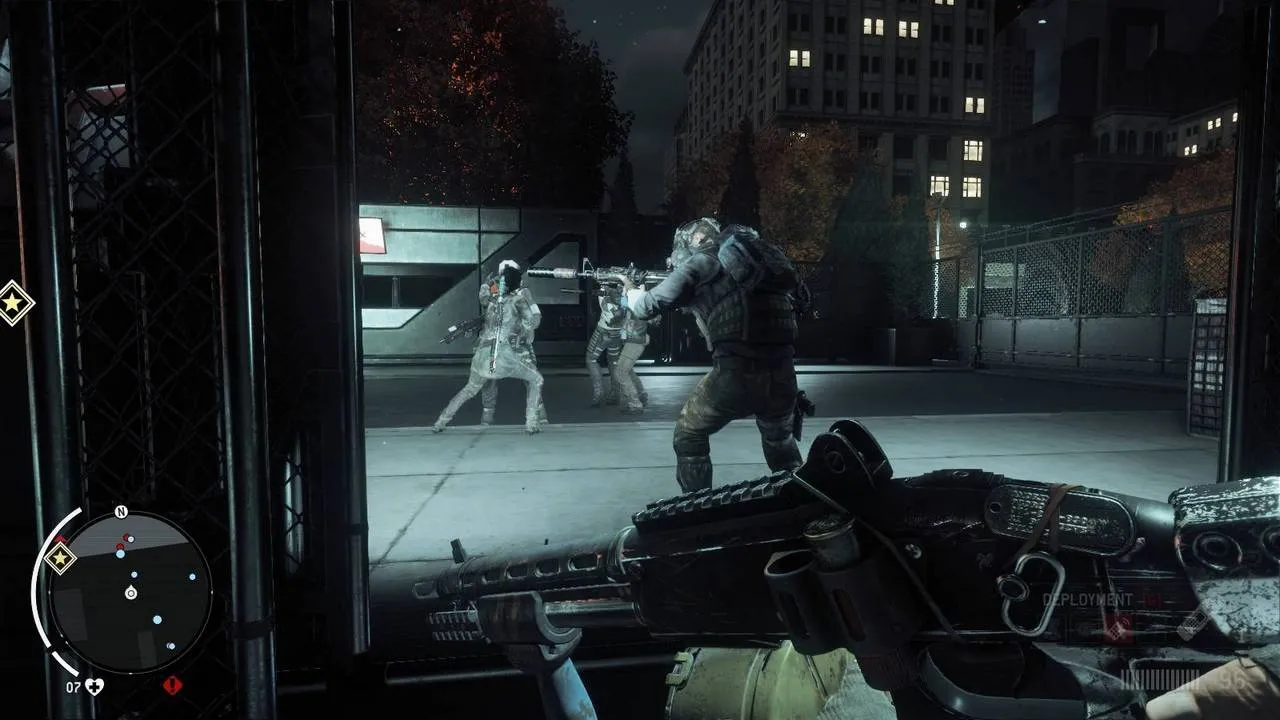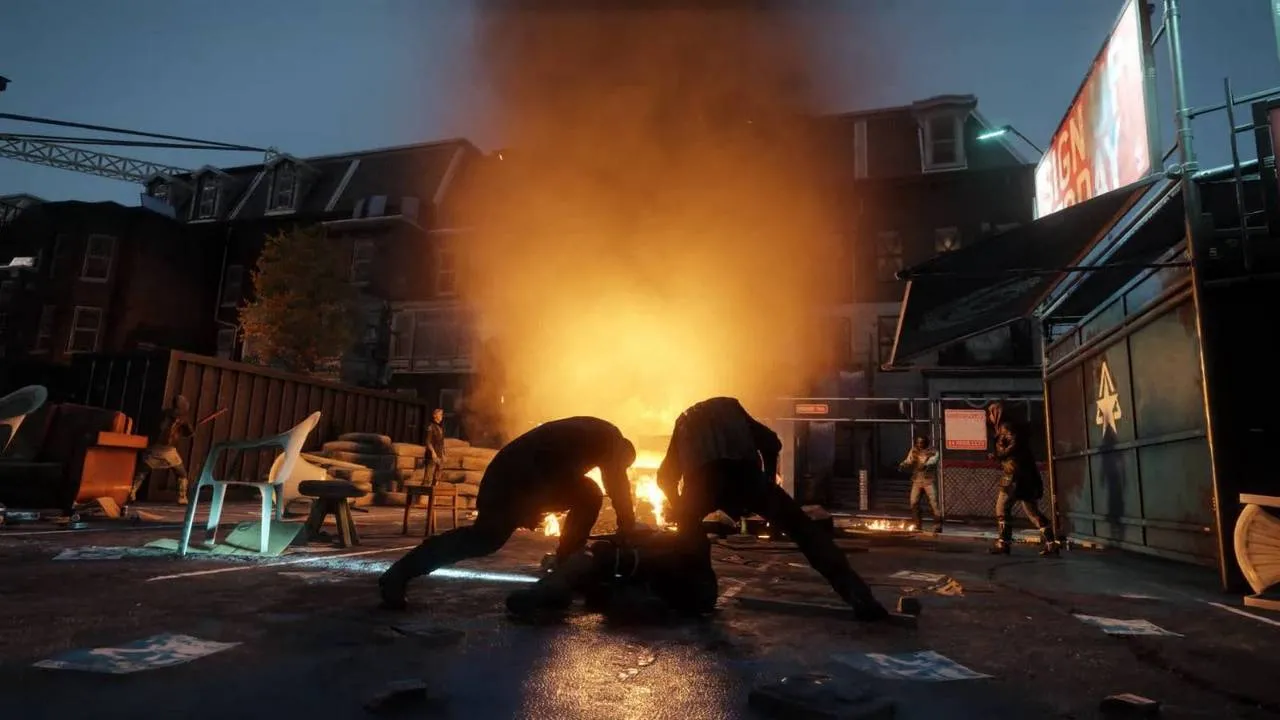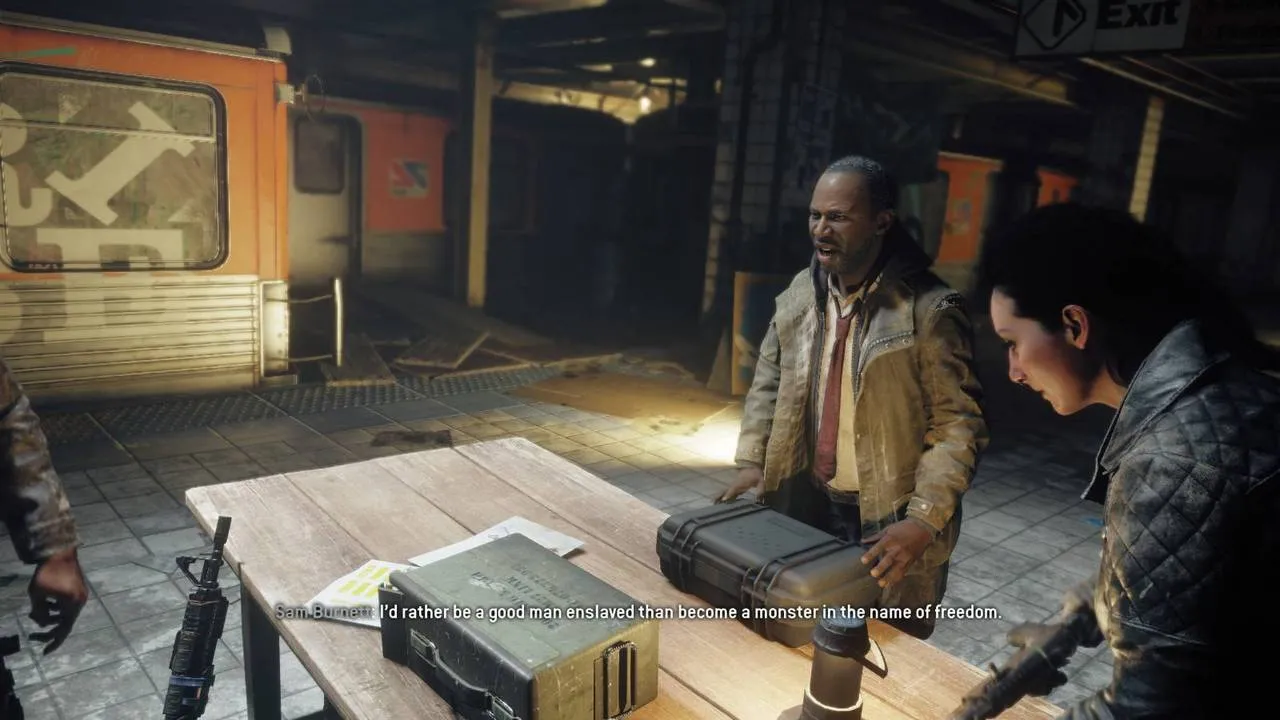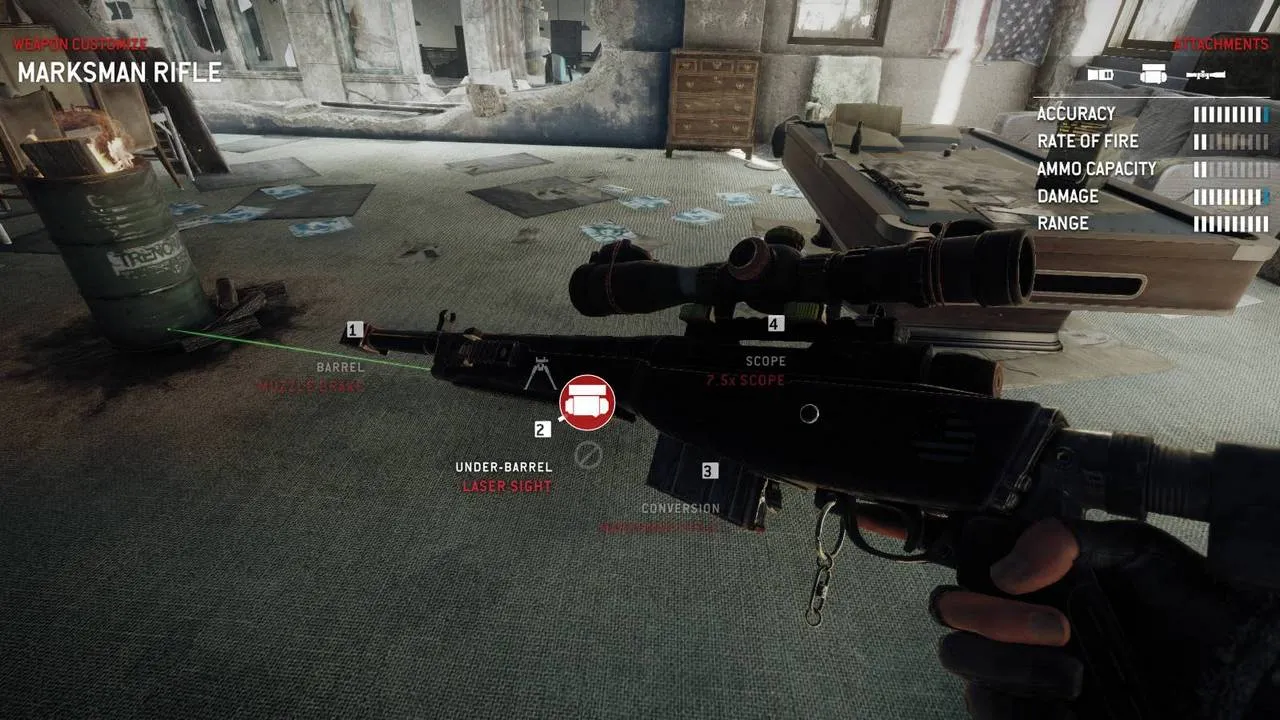
Homefront: The Revolution – A Disappointing Dystopian Struggle
Contents
Homefront: The Revolution’s journey, from Kaos Studios and THQ to Crytek and finally Dambuster Studios under Deep Silver, is a story in itself. This turbulent development mirrors the game’s own narrative of a desperate American resistance against overwhelming odds. While the original Homefront was forgettable, it at least possessed a distinct identity thanks to its Red Dawn-inspired premise. Unfortunately, despite Dambuster Studios’ clear effort, Homefront: The Revolution fails to capitalize on its potential, resulting in a frustratingly flawed experience.
 Alt: A screenshot from Homefront: The Revolution showing the desolate urban environment of Philadelphia under KPA occupation.
Alt: A screenshot from Homefront: The Revolution showing the desolate urban environment of Philadelphia under KPA occupation.
A Philadelphia Under Siege
Homefront: The Revolution’s greatest strength lies in its dystopian portrayal of a KPA-occupied Philadelphia. The city evokes a sense of oppressive inevitability, reminiscent of Half-Life 2’s City 17. The ever-present KPA soldiers, eerily similar to Combine forces, the omnipresent surveillance cameras, and the dilapidated urban decay create a palpable atmosphere of fear and control. The Greentree Yellow Zone, with its superficial cleanliness, masks a deeper oppression only revealed upon closer inspection. This unsettling atmosphere is arguably the game’s most unique and compelling feature.
Where It All Goes Wrong
Sadly, almost every other aspect of Homefront: The Revolution falls short. From the outset, the game’s Far Cry-inspired gameplay and design are evident, but executed with a noticeable lack of polish. Protagonist Ethan Brady’s movement feels clunky and unresponsive, vehicle interactions are unconvincing, and NPCs frequently glitch. Without the CryEngine visuals, the game could easily be mistaken for an unpolished Early Access title.
 Alt: Gameplay screenshot from Homefront: The Revolution showcasing the character navigating a debris-filled street.
Alt: Gameplay screenshot from Homefront: The Revolution showcasing the character navigating a debris-filled street.
The game is plagued by baffling design choices. While offering a robust crafting system for explosives, hacking tools, and distractions, it inexplicably omits the ability to craft health packs – a crucial element in a game with no regenerating health. The choice between stealth and open combat, a staple of recent Far Cry titles, is poorly implemented. Stealth is hampered by unreliable AI and ineffective silenced weapons. Open combat suffers from a limited and unbalanced arsenal. While the weapon modification system, allowing on-the-fly customization, has potential, it’s undermined by the clear superiority of certain weapon types, rendering others redundant.
A Flawed Revolution
The world of Homefront: The Revolution is divided into Red and Yellow Zones. The Red Zone’s alarm system is easily exploited, allowing players to escape pursuit simply by reaching a mission objective. The zone’s desolate landscape, populated by heavy KPA patrols, raises questions about the logic of such deployments. The Yellow Zone, while seemingly more dangerous, offers little variation in enemy behavior.
 Alt: A screenshot from Homefront: The Revolution depicting the player aiming a weapon in a dilapidated urban setting.
Alt: A screenshot from Homefront: The Revolution depicting the player aiming a weapon in a dilapidated urban setting.
Gameplay revolves around capturing locations, activating transmitters, and establishing safe houses. However, these activities become incredibly repetitive. Yellow Zone objectives are often located in easily accessible rooms, negating any need for strategic planning. Unlike Far Cry, the game lacks the freedom of approach offered by vehicles or traversal tools, limiting player agency. Even the industrial pump stations in the Red Zone are virtually identical in layout and enemy placement.
 Alt: Screenshot from Homefront: The Revolution showing the player in a firefight with KPA soldiers.
Alt: Screenshot from Homefront: The Revolution showing the player in a firefight with KPA soldiers.
The narrative is not only weak but poorly delivered. The portrayal of the resistance is laughably inept, led by caricatures who spout revolutionary rhetoric while showing little concern for civilians. The constant, unearned praise from an over-enthusiastic NPC further undermines any sense of genuine struggle.
Conclusion
Homefront: The Revolution squanders its intriguing premise with a litany of technical issues, poor design choices, and a weak narrative. While the atmosphere of occupied Philadelphia initially captivates, the repetitive gameplay, unbalanced mechanics, and unconvincing story ultimately leave the player feeling disappointed. The game’s potential is evident, but sadly unrealized.
System Requirements
Minimum:
- OS: Windows 7/8/10 all x64
- CPU: Intel Core i5-2500K (3.3 GHz) / AMD FX-8320 (3.5 GHz)
- RAM: 8192 MB
- VGA: GeForce GTX 760 (2048 MB) / Radeon HD 7870 (2048 MB)
- HDD: 38 GB
Tested On:
- OS: Windows 10 Pro 64-bit
- CPU: Ryzen 5 1600 3.7Ghz
- RAM: 16GB
- VGA: GTX 1070 8GB
- SSD: Crucial BX500 960GB





Comments (0)